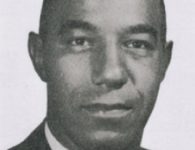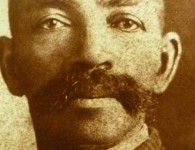Photo credits: Bettmann Archive/Getty Images
Arkansas governor Orval Faubus enlists the National Guard to prevent nine African American students from entering Central High School in Little Rock.
The armed Arkansas militia troops surrounded the school while an angry crowd of some 400 whites jeered, booed, and threatened to lynch the frightened African American teenagers, who fled shortly after arriving. Faubus took the action in violation of a federal order to integrate the school.
The conflict set the stage for the first major test of the U.S. Supreme Court’s unanimous 1954 decision in Brown v. Board of Education of Topeka that racial segregation in educational facilities is unconstitutional.
The historic decision, which brought an end to federal tolerance of racial segregation, specifically dealt with Linda Brown, a young African American girl who had been denied admission to her local elementary school in Topeka, Kansas, because of the color of her skin.
n 1957, the first major confrontation over this decision came when African American students attempted to integrate Central High School in Little Rock. After Governor Faubus surrounded the school with Arkansas National Guard troops, a showdown with federal officials ensued.
On September 24, President Dwight Eisenhower sent 1,000 U.S. troops to Little Rock. The next day, the African American students entered under heavily armed guard.
The episode served as a catalyst for the integration of other segregated schools in the United States.
Source: Editorial staff for the History Channel via History.com





















No comments